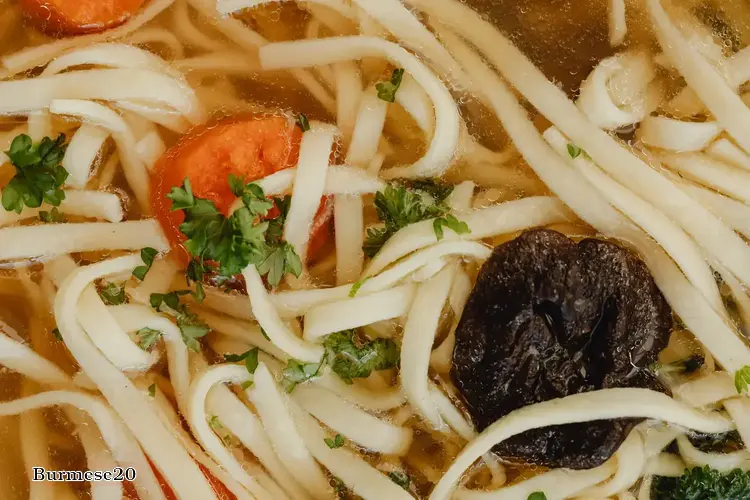

Burmese cuisine is a diverse and flavorful culinary tradition that has been influenced by neighboring countries such as India, China, and Thailand. It is known for its use of fresh ingredients, bold flavors, and unique cooking techniques.
Characteristics of Burmese Food:
Popular Burmese Dishes:
Health Benefits of Burmese Food:
DISCLAIMER: This information is provided for general informational purposes only, and publication does not constitute an endorsement. Kwick365 does not warrant the accuracy or completeness of any information, text, graphics, links, or other items contained within this content. Kwick365 does not guarantee you will achieve any specific results if you follow any advice herein. It may be advisable for you to consult with a professional such as a lawyer, accountant, or business advisor for advice specific to your situation.
today
Copyright © 2025 KwickEAT.com
Designed by KwickPOS is the best restaurant POS